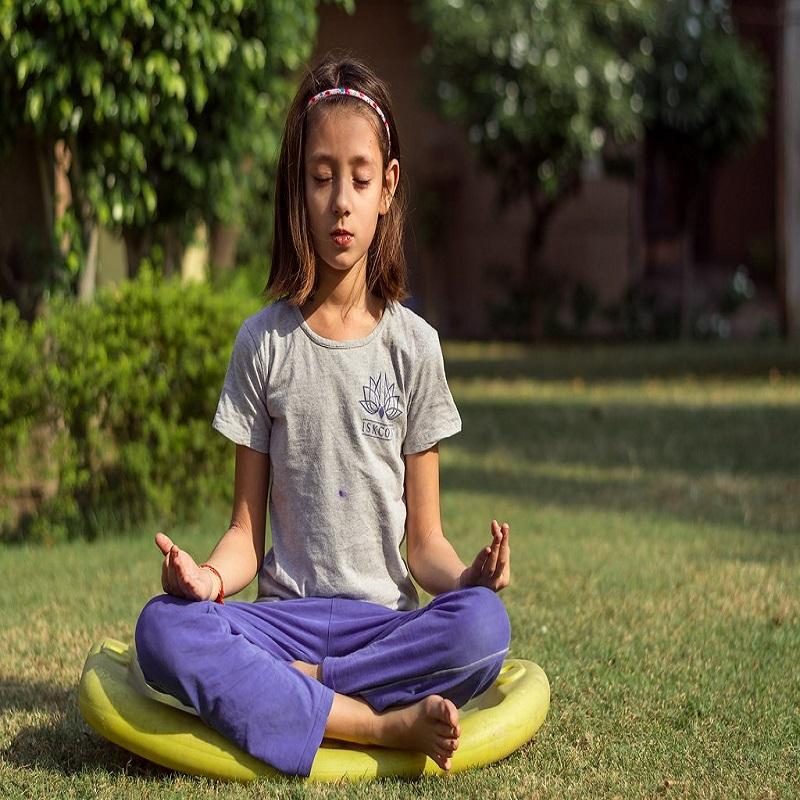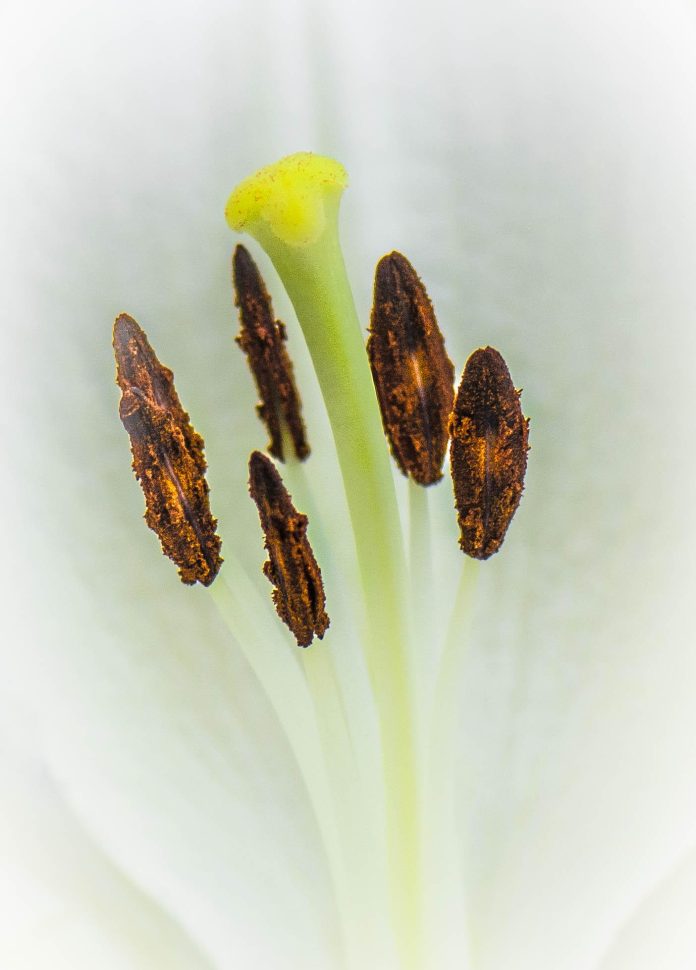In the whirlwind of modern life, where the cacophony of endless notifications, deadlines, and responsibilities often drowns out our inner voice, the quest for tranquility can seem like an elusive dream. Yet, nestled within the folds of our busy existence lies a sanctuary of calm, waiting to be discovered. This sanctuary, often overshadowed by the noise of the external world, can be gently unveiled through the art of guided meditation. In this article, we embark on a journey to explore how these structured, serene practices can lead us to the shores of inner peace, offering a refuge for our restless minds and weary souls. Join us as we delve into the transformative power of guided meditation, unlocking pathways to harmony and balance in the midst of chaos.
Exploring the Basics of Guided Meditation
Guided meditation is a form of meditation where an individual is led by a narrator or guide through various visualization techniques, breathing exercises, and mindfulness practices. This approach is particularly beneficial for beginners who may find it challenging to meditate on their own. By following a guide, you can more easily enter a state of deep relaxation and focus.
Key elements of guided meditation include:
- Visualization: Imagining serene landscapes or positive scenarios to create a peaceful mental environment.
- Breathing Techniques: Focusing on your breath to calm the mind and body.
- Mindfulness: Paying attention to the present moment without judgment, allowing thoughts and feelings to pass without attachment.
These elements work together to help you achieve a sense of inner peace, reduce stress, and improve overall well-being.
Techniques to Enhance Your Meditation Experience
To elevate your meditation journey, incorporating certain techniques can make all the difference. Start by creating a serene environment; dim lighting and calming scents like lavender can transform your space into a sanctuary. Comfort is key, so choose a cushion or chair that supports your posture without strain.
- Breathing Techniques: Focus on deep, rhythmic breathing to anchor your mind.
- Visualization: Imagine a peaceful scene or a calming color enveloping you.
- Mantras: Repeating a soothing phrase can help maintain focus and quiet the mind.
- Mindful Listening: Use gentle background music or nature sounds to enhance relaxation.
Integrating these elements can significantly enrich your practice, helping you to connect more deeply with your inner peace.

Creating a Tranquil Environment for Inner Peace
To cultivate a serene atmosphere conducive to deep introspection, begin by choosing a space that feels safe and comfortable. This could be a dedicated meditation room, a cozy corner in your living room, or even a quiet spot in your garden. Key elements to consider include:
- Lighting: Soft, natural lighting or dimmable lamps can create a soothing ambiance.
- Sound: Incorporate calming sounds such as nature recordings, soft instrumental music, or white noise to drown out distractions.
- Aromatherapy: Utilize essential oils like lavender, chamomile, or sandalwood to enhance relaxation through scent.
- Comfort: Use cushions, blankets, or yoga mats to ensure physical comfort during your meditation practice.
Personalize the environment with elements that resonate with you, such as crystals, plants, or meaningful artifacts. The goal is to create a sanctuary that invites tranquility and supports your journey toward inner peace.

Integrating Guided Meditation into Daily Life
Bringing the serenity of guided meditation into your everyday routine can be a transformative experience. To start, consider carving out a specific time each day dedicated solely to this practice. Whether it’s early in the morning to set a peaceful tone for the day or in the evening to unwind, consistency is key. You can use meditation apps or online resources to find sessions that resonate with you. Begin with shorter durations and gradually increase as you become more comfortable.
- Create a tranquil space: Designate a quiet corner in your home where you can meditate without interruptions.
- Use soothing aids: Soft music, essential oils, or dim lighting can enhance the meditative atmosphere.
- Set clear intentions: Before starting, decide what you hope to achieve from the session, whether it’s stress relief, clarity, or emotional balance.
- Stay patient: Understand that meditation is a journey. It’s okay if your mind wanders; gently guide it back to the focus of your meditation.
Integrating these practices into your daily life not only promotes inner peace but also fosters a deeper connection with yourself. Remember, the goal is progress, not perfection.





